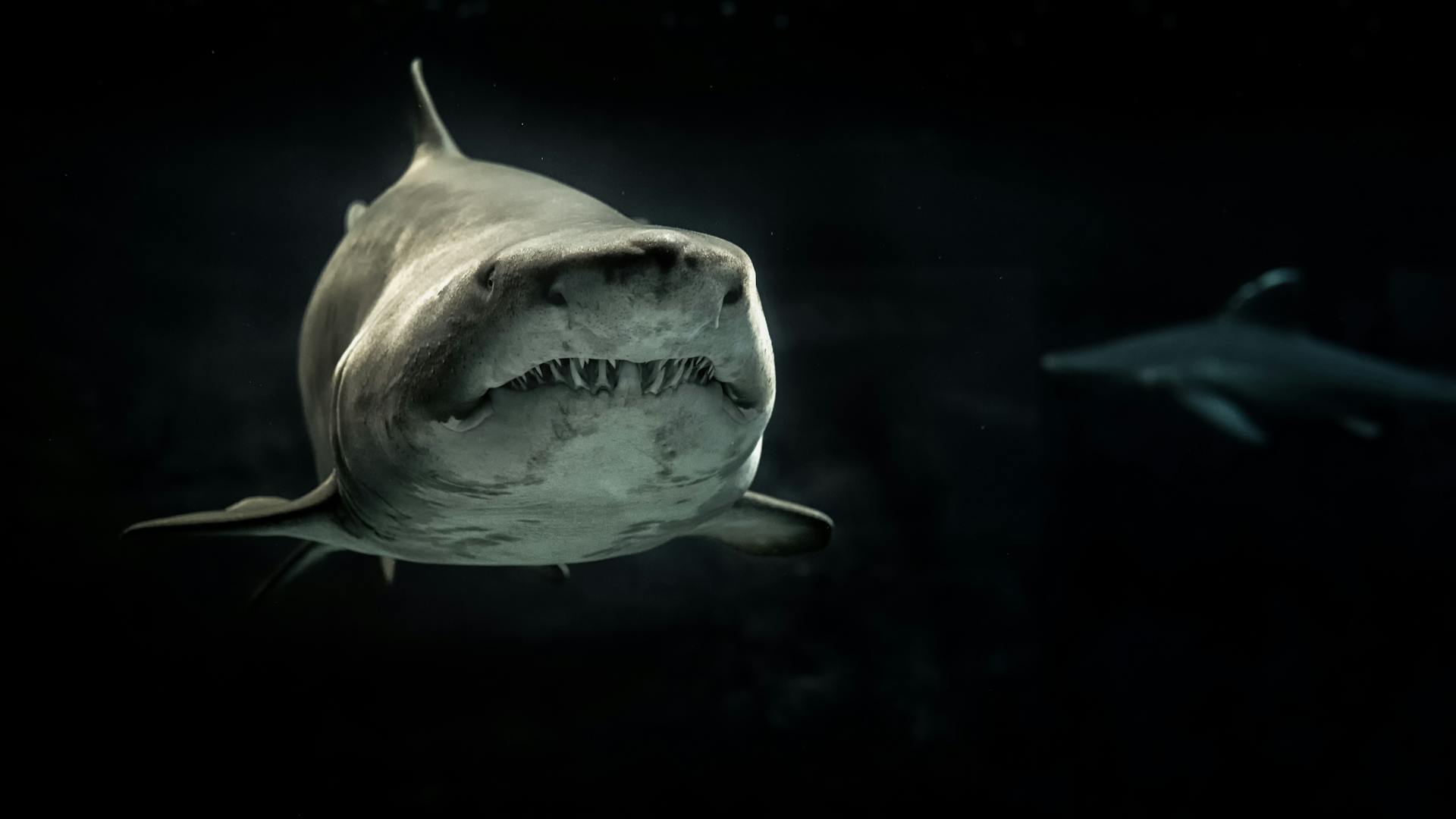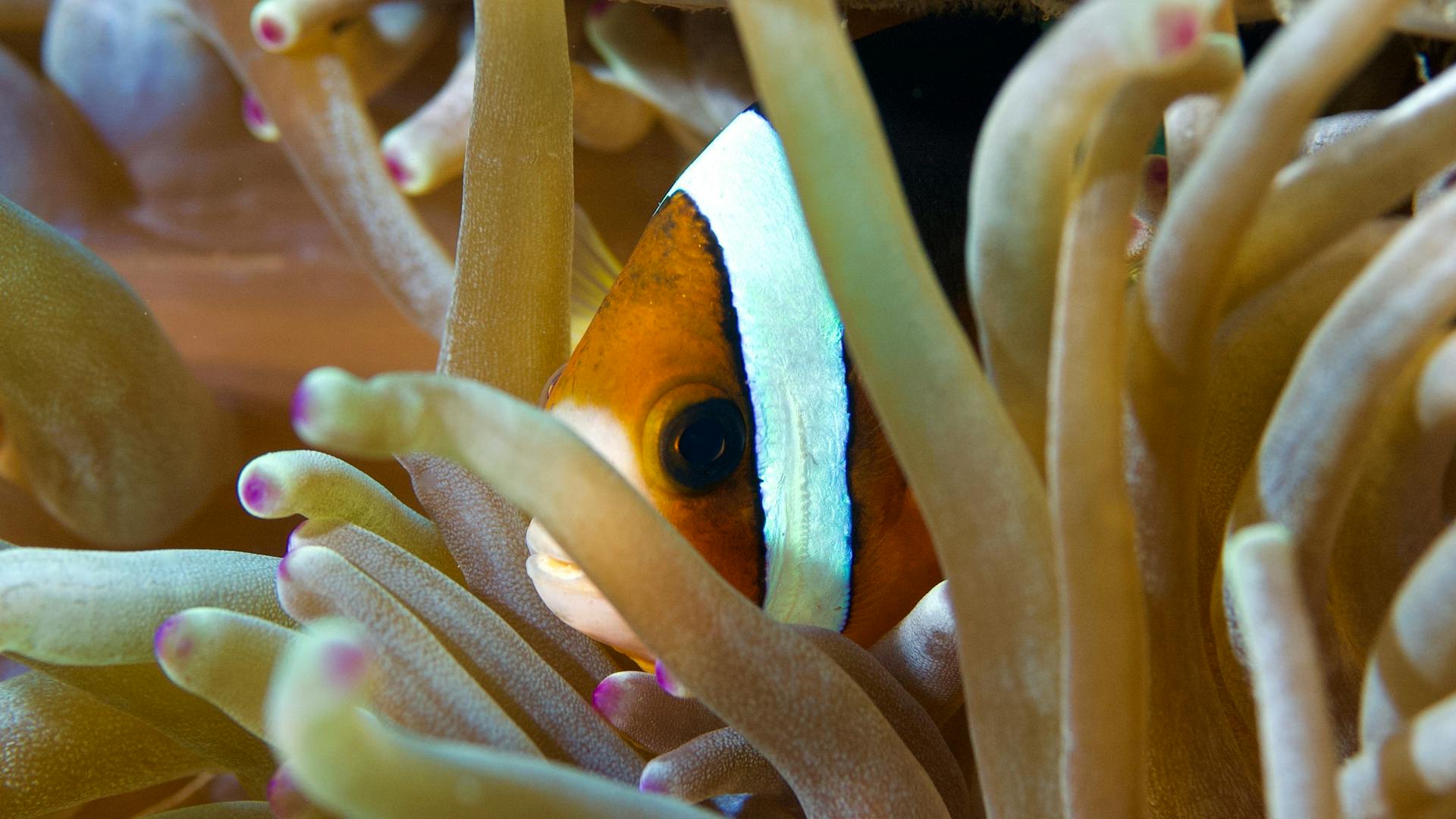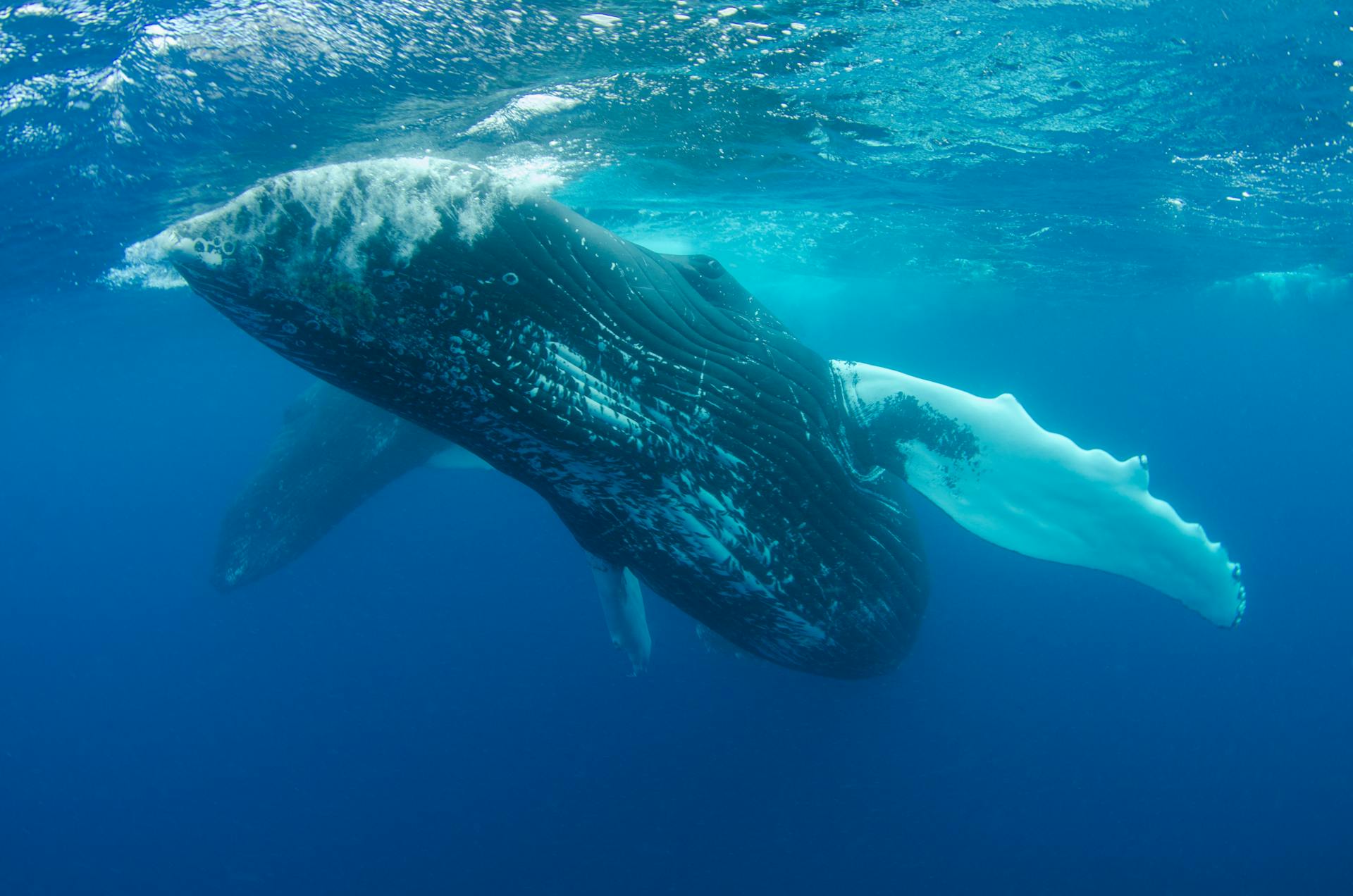In the shadowy depths of the ocean, where few dare to venture, the great white shark reigns supreme both revered and feared. This magnificent predator, with its powerful jaws and sleek, torpedo-shaped body, has sparked countless tales of terror and wonder. From Hollywood blockbusters to sensational news stories, the great white shark’s fearsome reputation often overshadows its role as a crucial player in marine ecosystems. Yet, beyond the myth and mystery lies a complex creature whose existence is integral to the health of our oceans.
The great white shark is not just a symbol of predatory prowess but a key regulator of marine life, maintaining the balance between various species and ensuring the stability of oceanic food webs. Understanding this apex predator is essential not only for unraveling the mysteries of the deep but also for addressing the urgent need to protect it amidst growing environmental threats.
In this article, we will dive into the world of the great white shark, examining its remarkable physical adaptations, intriguing behaviors, and the challenges it faces in a rapidly changing world. Join us as we explore the enigmatic life of this oceanic giant, revealing why it deserves our respect and urgent conservation efforts.
Scientific Classification
The great white shark, known scientifically as Carcharodon carcharias, belongs to the family Lamnidae, which also includes the mako and the salmon shark. This apex predator’s classification underscores its evolutionary adaptation to a life of speed and efficiency in the ocean. Within the genus Carcharodon, the great white shark stands out as a singular entity, distinguished from its relatives by its formidable size and hunting prowess.
Physical Characteristics
Great white sharks are among the largest predatory fish in the ocean, with mature individuals typically ranging from 15 to 20 feet in length and weighing between 1,500 to 2,400 pounds. Their robust bodies are designed for power and agility, featuring a streamlined shape that reduces drag while swimming. A notable characteristic is their distinctive white underbelly, which provides camouflage from prey seen from below, and a powerful set of serrated teeth designed to tear through flesh with ease. Compared to other sharks, such as the hammerhead or the tiger shark, the great white’s large, conical snout and robust build make it uniquely adapted to its role as a top predator.
Adaptations and Hunting Strategies
Sensory Adaptations
The great white shark’s hunting efficiency is due in large part to its specialized sensory adaptations. One of the most fascinating is its electroreception system, facilitated by the Ampullae of Lorenzini, which allows the shark to detect the faint electrical fields generated by the muscle contractions and heartbeats of potential prey. This is crucial for locating prey in the dark or murky waters. In addition, great whites possess an acute sense of smell, able to detect minute traces of blood from miles away. Their vision is equally advanced, featuring well-developed retinas that enhance their ability to see in low-light conditions, giving them a significant advantage when hunting in the deep.
Hunting Techniques
Great white sharks are known for their strategic hunting techniques. Their preferred method is ambush predation, where they rely on surprise and speed to catch their prey. One of the most dramatic behaviors associated with this is breaching, where the shark launches itself out of the water to capture seals or other prey. This behavior not only showcases their incredible speed and power but also their agility. Their streamlined bodies and muscular tails enable them to accelerate rapidly, making them formidable hunters in their marine environment.
Behavioral Patterns and Social Structure
Solitary Nature vs. Social Interactions
Great white sharks are primarily solitary creatures, with most adults leading a largely solitary life. However, there is evidence of occasional social interactions, particularly in areas where food sources are abundant. Temporary aggregations can occur, often around areas with high concentrations of prey such as seal colonies. These gatherings are not permanent social structures but rather opportunistic interactions centered around feeding.
Migration and Range
Migration is a significant aspect of the great white shark’s behavior, driven by the need to find food and suitable breeding grounds. They undertake long migrations across oceans, with some individuals traveling thousands of miles between feeding and breeding grounds. Environmental factors such as water temperature and prey availability heavily influence these migrations, highlighting the great white’s adaptability and extensive range.
The Great White Shark and Humans
Human Interaction
The great white shark’s relationship with humans is complex and often fraught with fear. While shark attacks on humans are relatively rare and usually a case of mistaken identity, they receive substantial media coverage that can amplify public fear. Cultural portrayals of the great white often depict it as a ruthless killer, overshadowing its critical ecological role. Understanding these interactions is crucial for promoting a more accurate perception and fostering a balanced view of this majestic creature.
Conservation Challenges
Great white sharks face several significant threats from human activities. Commercial fishing, both targeted and bycatch, poses a major risk to their populations. Additionally, habitat loss and environmental changes, such as pollution and climate change, further exacerbate their plight. Conservation efforts are crucial in mitigating these threats and ensuring the survival of this apex predator.
Conservation Status and Future Outlook
Current Conservation Status
The great white shark is currently listed as Vulnerable on the IUCN Red List, reflecting concerns about its population trends and ongoing threats. Estimates suggest that their numbers have declined in some regions, highlighting the need for ongoing conservation measures.
Ongoing Research and Conservation Initiatives
Efforts to protect the great white shark include tagging and tracking studies that provide valuable data on their migration patterns and behavior. Marine protected areas and regulations aimed at reducing bycatch are essential components of conservation strategies. Public awareness campaigns and educational programs also play a vital role in fostering respect and understanding for this enigmatic species, encouraging more effective conservation actions.
Conclusion
The great white shark is a remarkable creature whose role as an apex predator is crucial to the health of marine ecosystems. By delving into its characteristics, behaviors, and the challenges it faces, we gain a deeper appreciation for its significance and the urgent need to protect it. Preserving the great white shark requires a concerted effort from scientists, conservationists, and the public to ensure that future generations can continue to marvel at this majestic oceanic giant.


